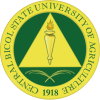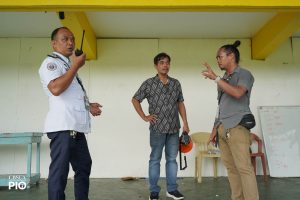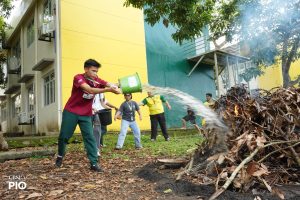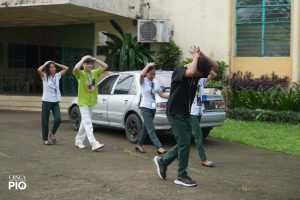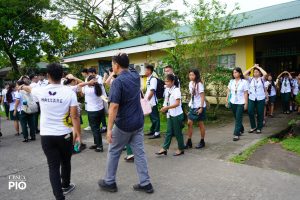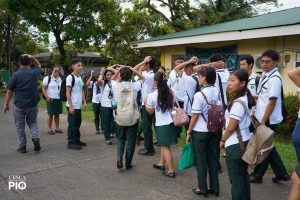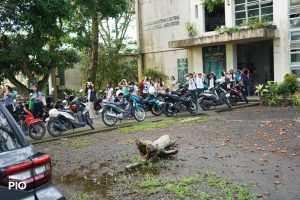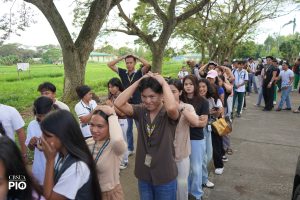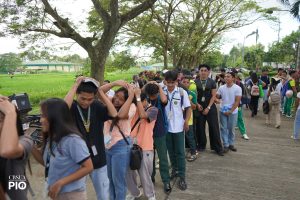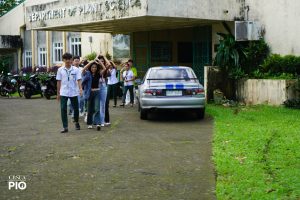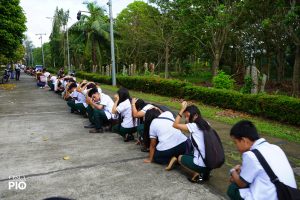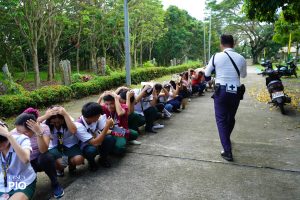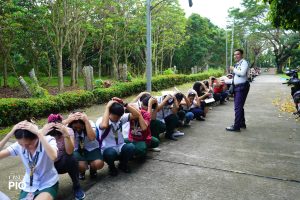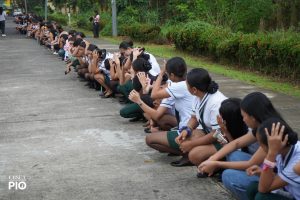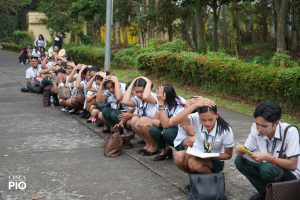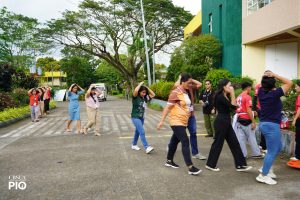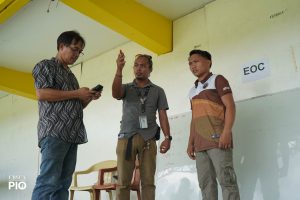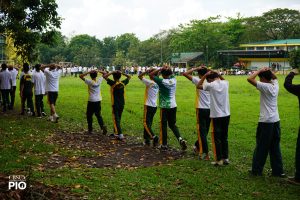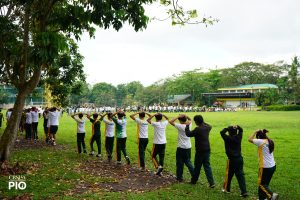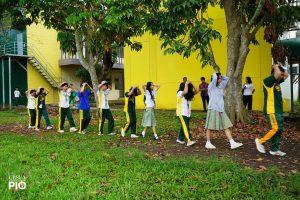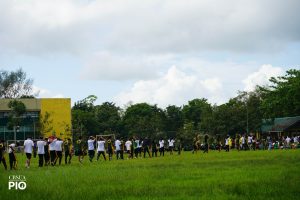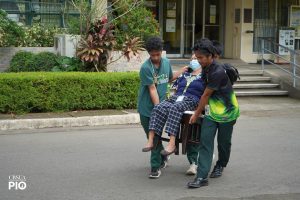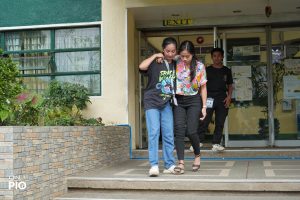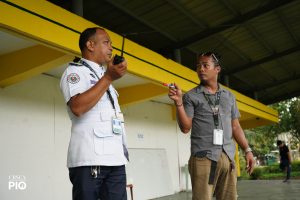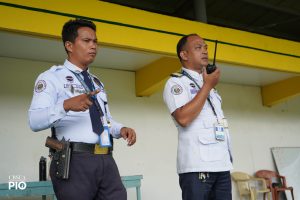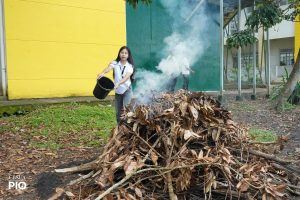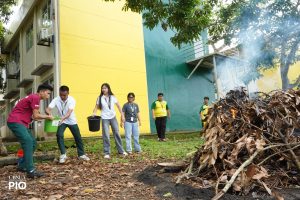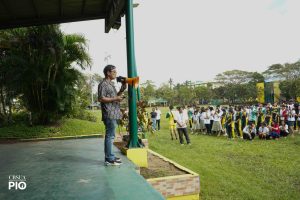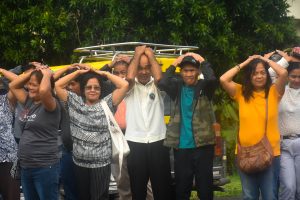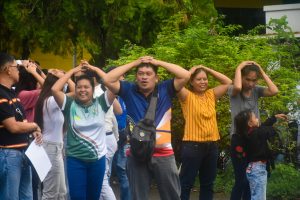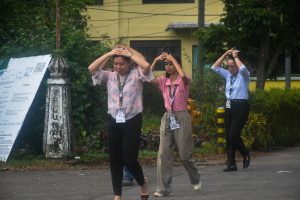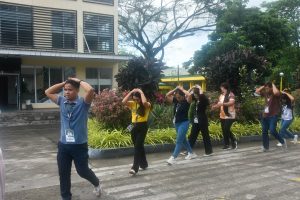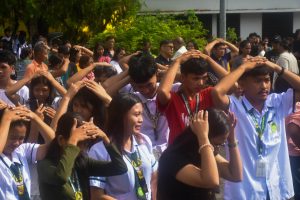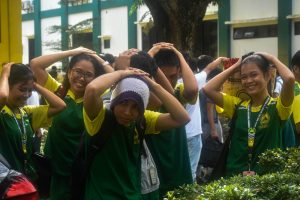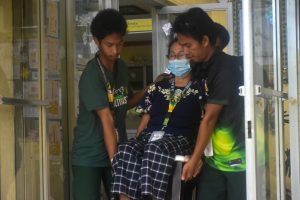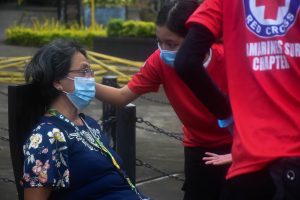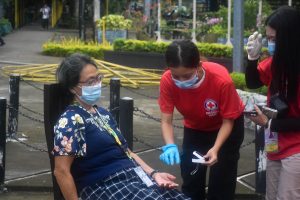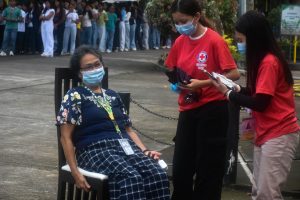The Central Bicol State University of Agriculture (CBSUA) – Pili Campus successfully conducted its campus-wide Fourth Quarter Fire and Earthquake Drill on November 28, 2025, safely evacuating more than 1,775 students, faculty, and staff during a simulated earthquake and fire emergency. The activity aimed to assess the university’s disaster preparedness, reinforce safety protocols, and serve as the culminating event of the five-day Quick Response Team (QRT) Preparedness and Enhancement Program.
As part of the university’s sustained commitment to promoting a culture of safety and resilience, the drill was organized by the CBSUA Resilience Center (CRC) in collaboration with the Pili Campus QRT, Incident Monitoring Team (IMT), and student-led volunteer groups. CRC Director Dr. Philip N. Talay emphasized that regular drills play a vital role in strengthening institutional readiness, improving response coordination, and ensuring that the entire campus community is equipped to act swiftly during emergencies.
The simulation covered both fire and earthquake scenarios. The fire drill focused on minimizing casualties, preventing property damage, and managing crowd behavior, while the earthquake drill reinforced proper safety procedures such as Drop, Cover, and Hold, followed by the orderly evacuation of buildings. Organizers noted that the activity complied with Republic Act 10121, or the Philippine Disaster Risk Reduction and Management Act of 2010, which mandates enhanced institutional preparedness and disaster responsiveness. It also aligned with Commission on Higher Education (CHED) Memorandum No. 9, series of 2013, which requires higher education institutions to regularly conduct earthquake and fire drills with broad participation from students and personnel.
To ensure a coordinated response, the CBSUA QRT and IMT was activated and carried out its designated functions in preparedness, response, and recovery operations. Student-volunteer groups—including the Gryphon Fire Volunteers, the CBSUA Red Cross Youth Council (RCYC), and the Disaster Response and Recovery Operation Unit (DRROU)—also played significant roles throughout the exercise. DRRM Officer Genlud S. Bascuña served as the Ground Commander, while Incident Commander-Campus Administrator Dr. Allan B. Del Rosario, together with Safety Officer Engr. Dino Jose Relativo and Security and Communications Officer Joel A. Bongat supervised operations at the Emergency Operations Center (EOC). The Medical Team, led by Medical Officer Dr. Sebastian Roberto B. Estrada, provided on-site medical assistance with support from the CBSUA RCYC.
Within 38 minutes, from 9:02 a.m. to 9:40 a.m., all buildings were safely cleared, and the necessary procedures were efficiently implemented. The successful execution of the drill reaffirms CBSUA’s unwavering dedication to disaster preparedness and campus safety. Through the conduct of regular simulations, the university continues to strengthen its response capabilities, deepen safety awareness, and cultivate a resilient and well-prepared academic community. 𝘞𝘪𝘵𝘩 𝘱𝘩𝘰𝘵𝘰𝘴 𝘧𝘳𝘰𝘮 𝘔𝘢𝘳𝘬 𝘙𝘦𝘯𝘻𝘰 𝘔𝘦𝘯𝘥𝘰𝘻𝘢 (𝘌𝘚𝘋)

